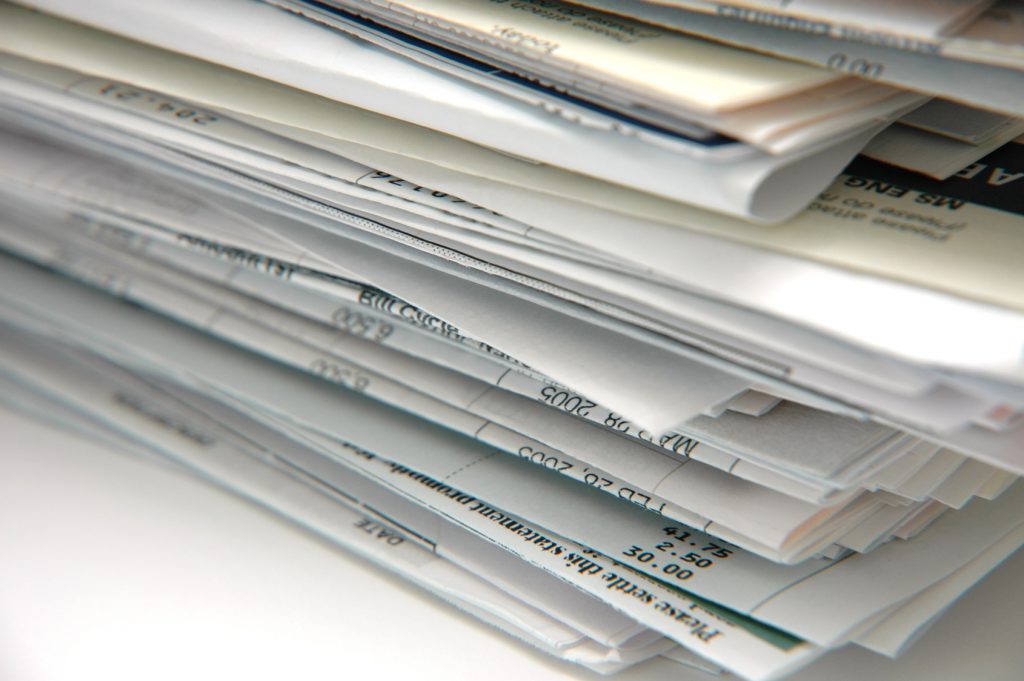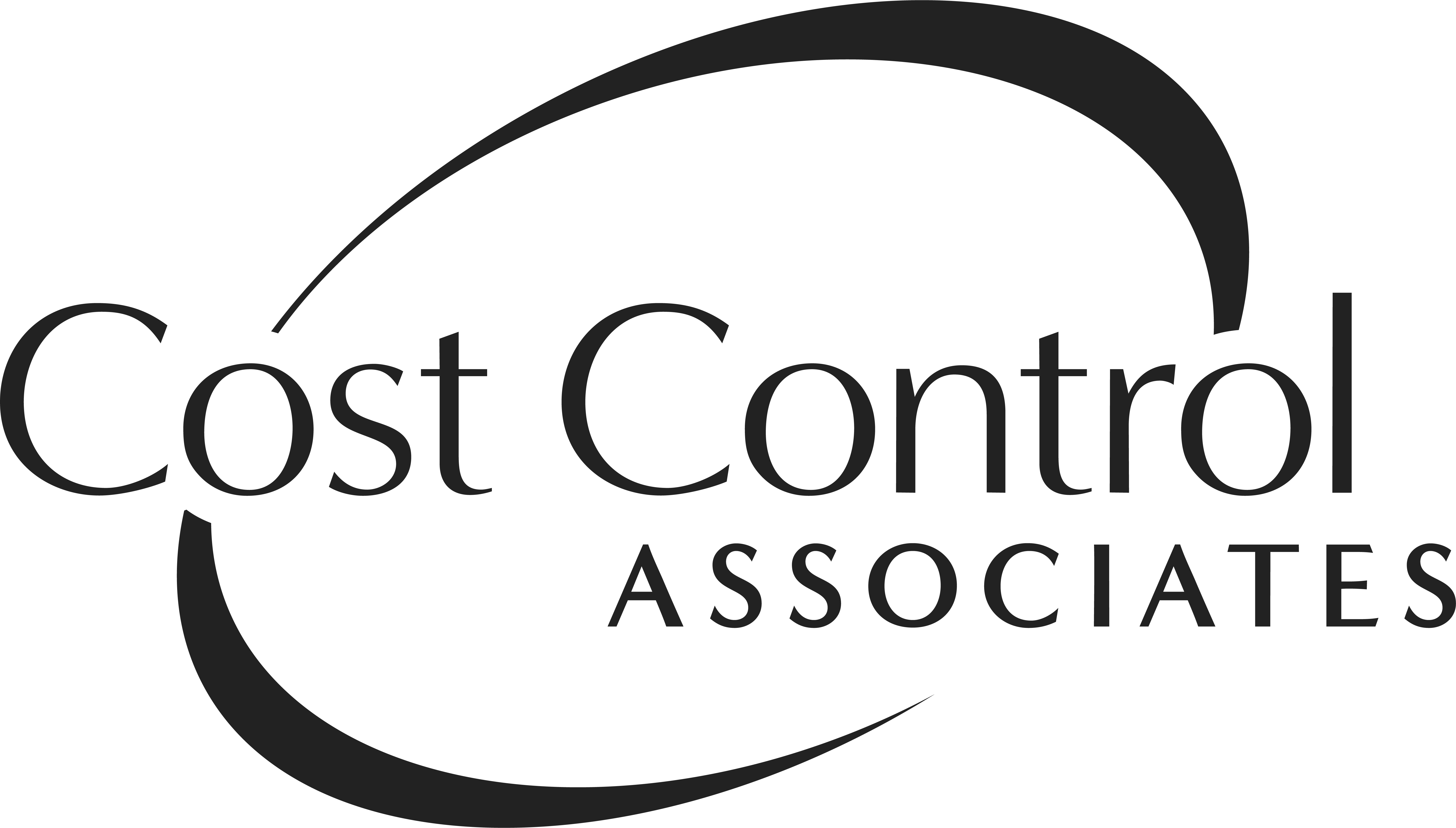5 Tips for Preparing Your Business Energy Budget

Energy is often a business’ largest expense. Yet many organizations don’t take the time to forecast or prepare a budget for the upcoming year’s energy expenses. This is often because they lack the expertise or don’t realize it’s possible to forecast more accurately.
Preparing an energy budget is complicated. It requires a good handle on your energy data as well as the ability to predict the future. If your organization is spread out, it can be challenging to get your hands on all the energy data you need. This is especially true if your energy invoices are delivered to individual facilities where there may be different practices for tracking and paying charges. The impact of the coronavirus adds another challenge to your energy planning.
Energy budgeting and forecasting does not have to feel like a shot in the dark. There are ways to gather the information you need, predict future behaviors and organize it into a budget that gives your business the planning insights that will help you succeed.
The analysts at Cost Control Associates suggest these five tips to make it easier to prepare your energy budget.
1. Take Time to Put a Process in Place
A looming deadline may bog you down when you try to forecast and plan for energy costs. It takes time to access all the data, and upper management may be breathing down your neck to get the budget done. The secret is to start early.
Set up systems that allow you to gather the information as it happens during the year. This will ease your way when that budget request comes down from the top. Ideally you want to establish a budget process that can be repeated next year, so you don’t have to face the same headaches all over again.
If you take the time to get all the facts, you can make predictions based on thorough research. Organize all your information so you can review and analyze trends. The result is a management tool that not only predicts costs but also provides a good understanding of company operations.
When you have an accurate working energy budget, you are in a stronger position to make informed operational decisions for all our facilities. You can manage efficiencies, benchmark your sites and identify those that may be under-performing when it comes to energy consumption.
2. Ask Yourself Some Basic Questions
To forecast the coming year, many business managers look at how their overall energy expenses changed over the prior year and simply increase the budget by the same percentage. This can be risky business for companies with geographic breadth over multiple states or regions such as restaurant and retail chains, data processing operations, banks, manufacturing and industrial organizations, and others.
Because energy regulations can vary so much region to region, using a straight percentage may lead you to under or over-estimate your budget for the coming year. In addition, to budget effectively, a company needs to have a clear idea of how it plans to operate in the upcoming fiscal year.
Talk to others within your organization, so you understand any facility changes that were made in the past year or are planned for the next year. Ask these types of questions:
- Do you expect any changes to operating hours?
- Do you plan to open or close facilities?
- Have you made any changes within your facilities that might affect energy consumption such as lighting or equipment modifications?
- What are energy rates projected to do in the areas where your facilities are located?
- Do you have energy supply contracts that are due to expire? Are you exposed to market fluctuation?
Gather a list of vendors and states or regions where you do business. Research each vendor for planned increases or decreases and effective dates. This information is usually filed and published by each state’s public service commission and is available online.
3. Determine Your Business’ Energy Baseline
Every business should determine an accurate baseline for its energy use. Once you’ve established a baseline, you can project it against changing variables to estimate future consumption on a monthly basis.
In order to create a baseline, you need to understand how your buildings operate under normal conditions. Factors such as weather, operating hours and occupancy affect your energy consumption. Think about weather projections: Are you facing an exceptionally hot or cold season? Are your buildings only partially occupied due to employees now working from home?
To budget adequately, you must understand each facility, how it has operated and how you expect it to operate going forward. If your business has installed energy-efficiency equipment at one or more locations, usage will be different in the coming year. You should adjust your baseline to account for these equipment changes.
Has your business expanded or downsized during the last year? The pandemic has played a large role in changing business operations. If your business makes PPE, for instance, you may plan to build new facilities to meet demand. On the other hand, if you own a chain of bars and restaurants, business has likely slowed. You may have reduced operating hours, staffing or food production. Such changes affect your energy spend going forward. If you know your energy usage per employee or per square foot, you can make more accurate calculations about future energy needs.
Once you have established your baseline, you can use it to create an accurate budget for the coming fiscal year.
4. Invoices: A Valuable Source of Data
Invoices contain critical information that becomes an important component of your forecasting tool. However, energy invoices are not easy to read correctly. They may include charges that are not listed separately or clearly. These are some things to look for:
- Utility rate increases: Be aware of adjustments to transmission, distribution and other pass-through charges. Do your research and stay on top of changes to the tariffs filed in each state. Changes in laws and regulations can also increase prices.

- Ancillary charges: Electricity bills often include ancillary charges such as frequency control, capacity tags, and operating and spinning reserves. Utilities work with other providers or bring additional generation equipment online to meet periods of unusually high demand. These are necessary tools used by grid operators to ensure reliability and stability of the power system for short term situations. Consumers share in the cost.
- Capacity tags: To cover the added electricity generation costs, your utility annually calculates your business’ capacity tag and spreads the payment over the coming year. The payment is based on your business’ peak-hour usage (from the prior calendar year beginning June 1), the capacity cost per kilowatt, and the capacity tag for the account. Capacity tags can account for 15-30% of a company’s electricity charges. However, a company can lessen its capacity tag by determining its highest days of usage and taking steps to use less electricity on those days. Conversely if a company ignores the tag and increases usage on those days, the tag cost will be higher for the coming year.
- Contract Language: A skilled review of your energy contracts can turn up clauses that define a percentage of usage that your business must adhere to. If consumption falls outside the amounts stated in your contract, you can end up paying more. Be aware that suppliers do not always price ancillary costs the same way from contract to contract. Ignorance of such details may cost you.
- Late Fees: Since energy invoices have a short turnaround time, it’s easy to miss a payment. For a company with significant energy spend, this can get expensive. Late fees are not always obvious on your bills and may be rolled into your overall spend.
5. Outsourcing Can Save Time and Money
Every business anticipates cost increases for the next year, but they often don’t know the impact until it hits them. As the end of the fiscal year creeps closer, financial executives may find themselves with budgetary mandates and no tools or expertise to deliver.
When you bring in budgeting and energy experts, you get more accurate numbers and save your business time and money. Industry experts have the knowledge, energy vendor relationships and experience to get the information faster and more accurately. They understand the impact of the pandemic and can help you explore how that may affect your energy budget.
An experienced utility bill management provider can track all your billing data and build a comprehensive database that includes all your usage and payment information coded by departments, locations and more. This allows you to prepare reports that target your specific management needs.
A vendor who is familiar with energy procurement has a deep understanding of energy contracts and can review yours to uncover compliance issues or identify risks that can undermine your budget. A skilled energy manager knows how to find opportunities for ending or extending contracts to get you better pricing.
______________________________
Avoid the groans next year when budget time rolls around! Take steps now to pave the way to a better process. If you’d like assistance, Cost Control is here to make it easier. Just give us a call.
Allison Levin is vice president of energy services for Cost Control Associates, Inc. She has been with the company 22 years and achieved industry certification as a carbon reduction manager in 2015. She received her MST from SUNY Plattsburgh and her BA in mathematics from Boston University. Learn more.
